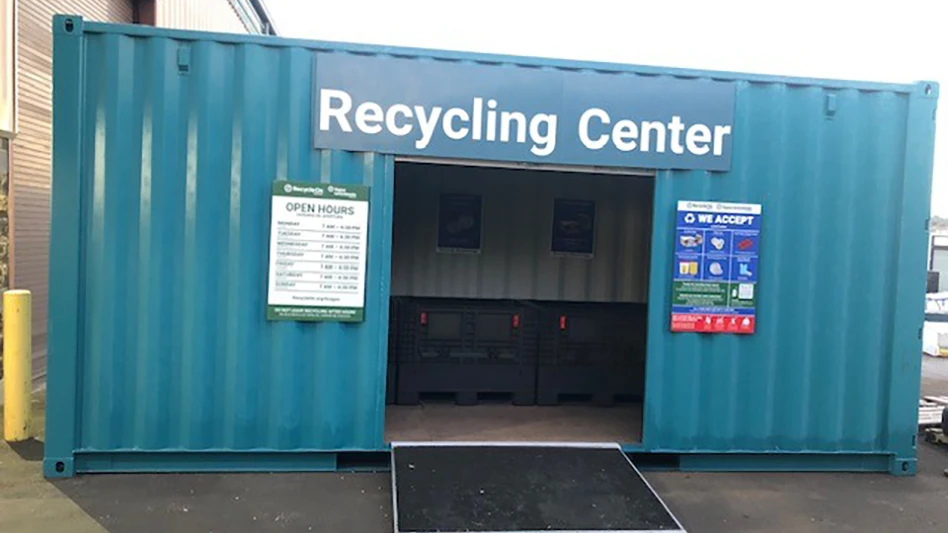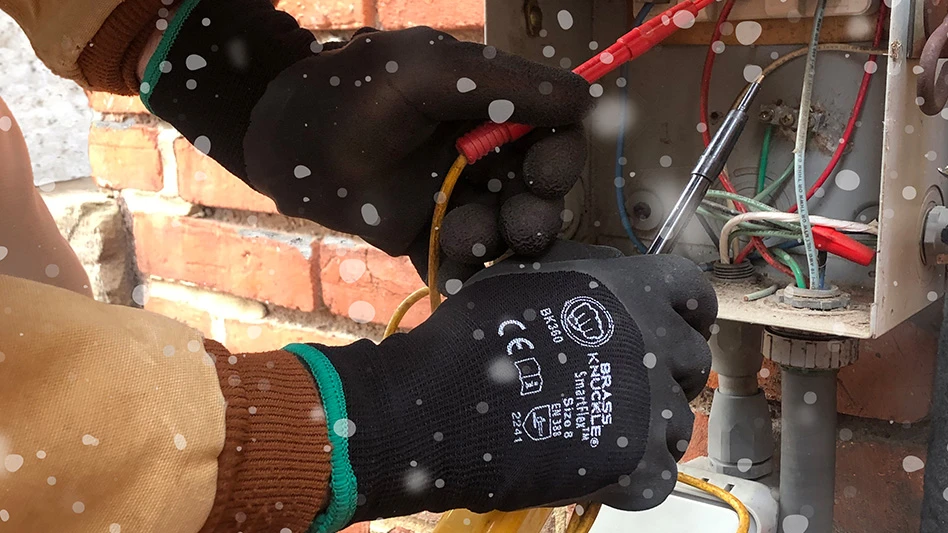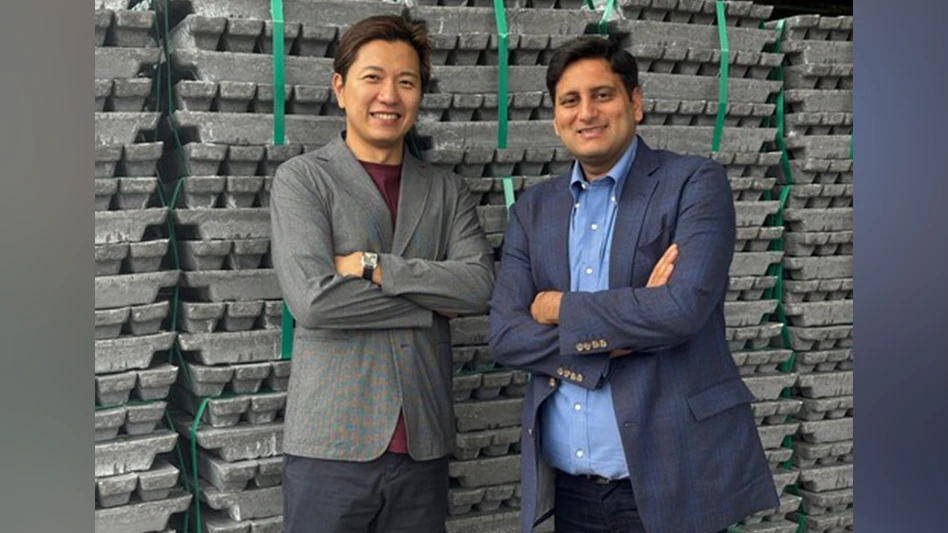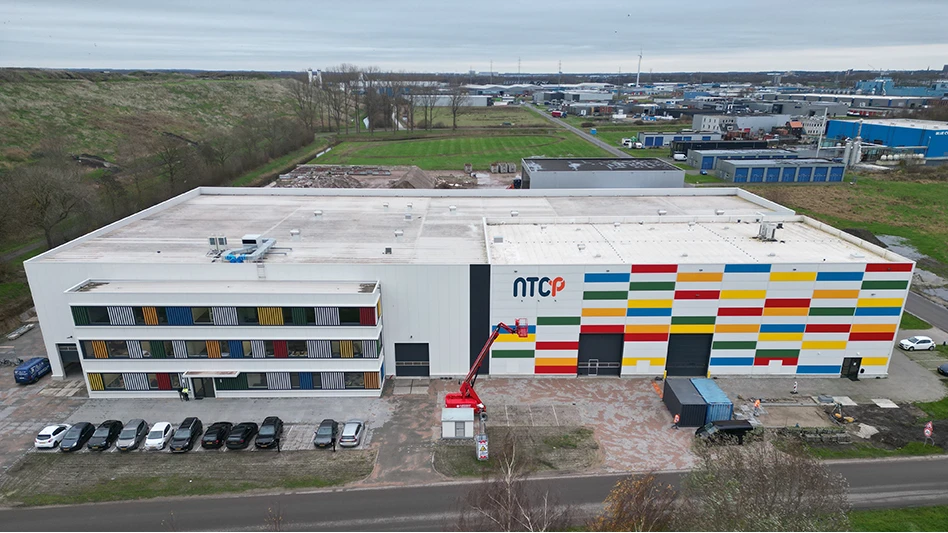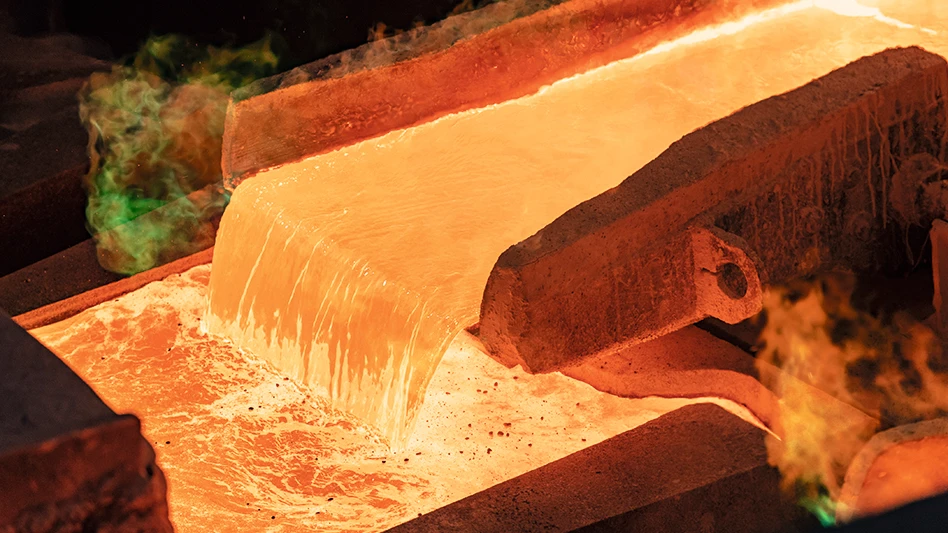
The U.S. Army Chemical Materials Agency (CMA) recently completed a project that resulted in recycling more than 6.5 million pounds of steel.
CMA began operating the Pine Bluff Ton Container Decontamination Facility at Pine Bluff Arsenal, Ark., in September 2003 to decontaminate 4,307 ton containers (TC) stored at the arsenal. Although empty, the 1,600-pound steel containers once held hazardous materials and required decontamination to eliminate possible residual chemical agent prior to recycling.
Initial efforts to decontaminate the TCs involved rinsing them. However, the residual chemical agent proved difficult to remove, so a new approach had to be found. When faced with producing an additional 660,000 gallons of hazardous liquid waste to rinse the containers, CMA personnel designed a magnetic induction heating process to simultaneously decontaminate up to 10 containers. According to the CMA, it thoroughly decontaminated the TCs so they could be processed through a commercial recycling plant.
Carmen Spencer, deputy assistant secretary of the Army (Elimination of Chemical Weapons), reports that this is just one more way that CMA is protecting the environment by destroying and decontaminating chemical agent.
"CMA's decades of expertise and success in eliminating chemical warfare materiel ranks the highest in the world," Spencer says. "This effort reinforces CMA's commitment to protecting the environment and creating a safer tomorrow."
Conrad Whyne, CMA director, says the project is in line with CMA's strong commitment to safety.
"It's not every day that a single project achieves such high marks in waste reduction and recycling efforts, while eliminating significant hazardous waste risks," Whyne says.
The process used an electrically energized copper coil, wrapped around the container, to generate a magnetic field that was absorbed by iron in the container. This raised the temperature of the TC to more than 1,000 degrees F, where it was held for one hour. Heating to 1,000 degrees destroys all chemical agents. The decontamination process also featured a carefully designed pollution abatement system to capture any residual material vented from the TCs.
"The decision to decontaminate these legacy containers using magnetic induction heating made the recycling of the containers possible," says Laurence Gottschalk, CMA's project manager for non-stockpile chemical materiel. "We greatly reduced the overall safety risk and environmental impact by using this simplified process, adopting a one-and-done method that reduced the amount of secondary waste generated to a minimum. Instead of taking up significant space in a landfill indefinitely, we found a solution that benefits our environment and the community, contributing more than six million pounds of recycled steel."
The U.S. Army Non-Stockpile Chemical Materiel Project (NSCMP), a part of the U.S. Army Chemical Materials Agency, leads the Nation in the assessment and treatment of recovered chemical warfare materiel. For more information on NSCMP visit www.cma.army.mil/nscmp.aspx.
Latest from Recycling Today
- US Steel to restart Illinois blast furnace
- AISI, Aluminum Association cite USMCA triangular trading concerns
- Nucor names new president
- DOE rare earths funding is open to recyclers
- Design for Recycling Resolution introduced
- PetStar PET recycling plant expands
- Iron Bull addresses scrap handling needs with custom hoppers
- REgroup, CP Group to build advanced MRF in Nova Scotia
